Cryopen Treatment Wimbledon, London
What is Cryotherapy and what does it treat?
CryoPen™ is an advanced cryotherapy innovation that is a fast, effective, safe and new solution for removal of skin imperfections. Procedures typically last from 5 to 25 seconds, so you can be in and out of the salon quickly.
The CryoPen™ emits a fine jet of nitrous oxide under high pressure, which allows the clinician to work with millimetre precision. This destroys the tissue by freezing the inter-cellular fluid, forming ice shards and crystals which rupture the membrane, thereby destroying the cell. That means there will be no damage to healthy tissue surrounding the problem. It’s so incredibly accurate and practical, Cosmetic procedures such as skin tags, milia and cherry angiomas are no longer being treated by many doctors on the NHS. With the CryoPen™ you can now have these treatments in the beauty salon.
Request A FREE Consultation See How Cryopen Will Help You - CLICK HERE
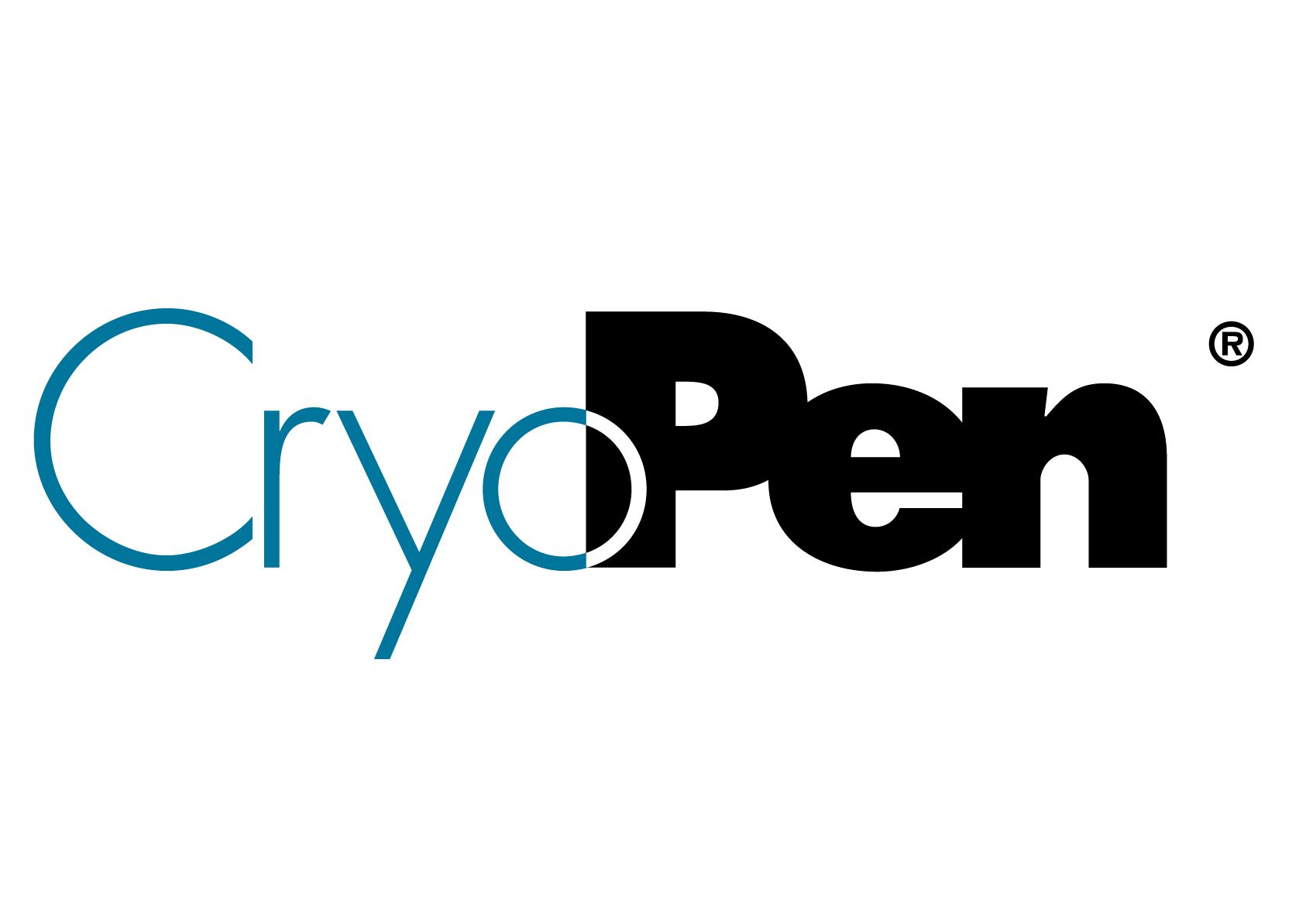
Free Consultation | Discuss if suitable and receive a personalised price quote | FREE | Book Here |
Small Lesions | Up to 5 small flat lesions (Additional lesions £10 each) | £69 | Book Here |
Large Lesions | Large or Deep lesion (Wart/verruca/raised mole etc) | £89 | Book Here |
Large Lesion Bolt On | 2nd treatment on large lesion previously treated at Wimbledon Clinic Aesthetics | £20 | Book Here |
Cryopen Lesion Removal Cost in Wimbledon
Investing in your skin lesion will always involve a cost, but with cryotherapy, it's sometimes a bit hard to estimate.
However, we understand that approximate cost is important. for this reason, we have split the pricing based on two distinct lesion types - SMALL LESION & LARGE LESIONS.
Larger/Deeper lesions require more gas nitrogen to penetrate the lesion, and may require follow-up treatments. These can be booked at a discounted price as Bolt Ons.
Flatter lesions are close to the surface of the skin and often don't require as much of a canister, and this means we can treat multiple 'small' and flat lesions simultaneously.
What Is a Flat Lesion?
Flat lesion examples would be milia, skin tags, Solar Lentigines (Age and Sunspots, Liver spots), Lentigo and Actinic Keratosis.
- Some of these are not always small, so you may find it's more efficient to classify yours as a large lesion for treatment cost approximation, but your practitioner can help you work this out at our free consultation.
Please remember that sun-exposed areas can be cancerous and can't be treated to save on disappointment. We recommend the GP has actively checked the area recently before cryotherapy treatment is undertaken.
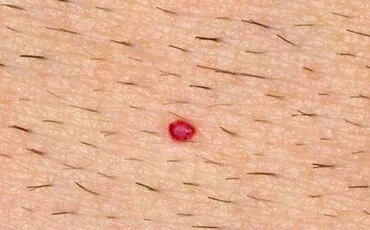
HEMANGIOM
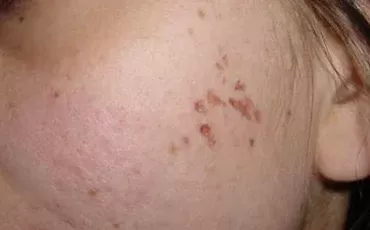
Lentigo
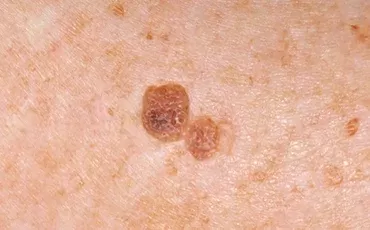
Seborrheic Keratosis
What is a Deep Lesion?
Fibroma, Hemangiom, Wart, Varrucca
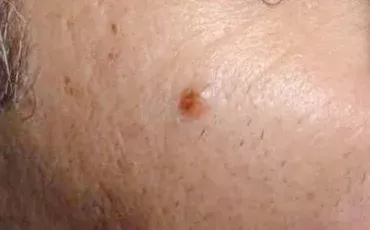
Wart
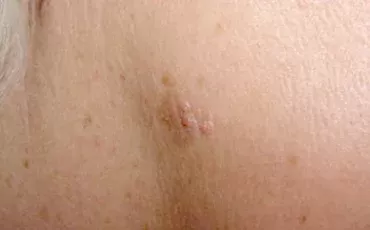
Wart
Common Skin lesion info
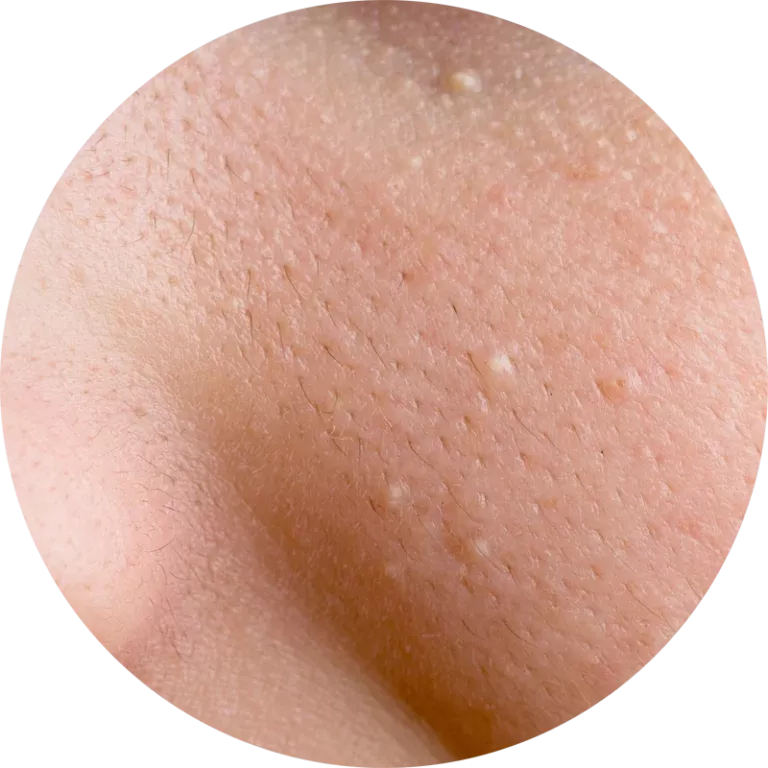
Milia appear as tiny, smooth bumps on the skin, characterized by their white or yellowish color. These small cysts, typically 1 to 2 millimeters in size, are filled with keratin, a protein naturally found in our skin. Commonly developing in areas prone to dryness, milia can emerge on the cheeks, nose, eyelids, forehead, and chest. While dry skin is a frequent culprit, improper use of skincare products can also lead to milia in areas that are otherwise not dry.
Understanding the Causes Milia often occur following skin damage from blisters, burns, or prolonged exposure to the sun. They may also form when the skin's natural exfoliation process is disrupted, which can be a side effect of aging. This disruption prevents the usual shedding of dead skin cells, leading to the formation of these small cysts.
CryoPen Treatment at Wimbledon Clinic Aesthetics The CryoPen treatment offers a precise and controlled removal of milia through the application of extreme cold. During the procedure, a fine layer of frost forms over the targeted area, indicating the effective application of the treatment. As the skin thaws, it may turn reddish and resemble an inflamed area due to minor interstitial bleeding. This is a normal part of the healing process.
For those considering this treatment, we encourage a consultation with our experienced specialists at Wimbledon Clinic Aesthetics. They can provide detailed insights into how CryoPen works and answer any questions you may have about the procedure.
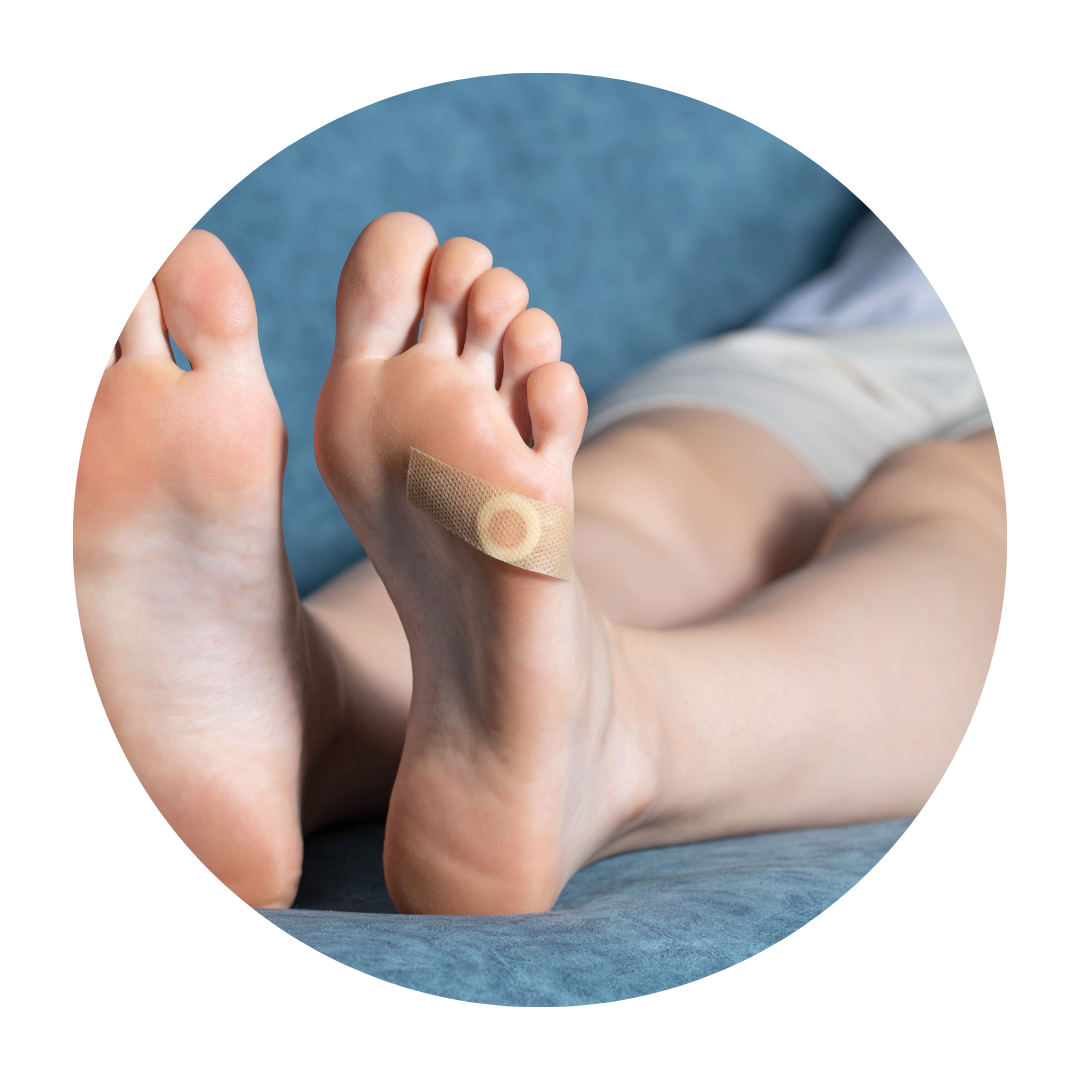
Verrucas, commonly known as plantar warts, are viral infections manifesting as warts predominantly on the foot's soles. They emerge when the human papillomavirus (HPV) infects the outer layer of the skin, leading to the development of small, rough lesions.
These growths are characterized by a distinctive appearance: a whitish colouration with a central black dot, marking a tiny blood vessel. Unlike other types of warts, verrucas tend to be flat rather than protruding. They can become particularly uncomfortable or painful when located on areas of the foot that bear weight due to the pressure exerted during walking or standing.
Warts are typically small, firm, and rough-textured growths that emerge on the skin—a common experience for many at some point in their lives.
These growths, characterized by their rugged, nodular nature, frequently appear on the hands and feet, though they can manifest anywhere on the body. Warts may vary in appearance, often presenting as round or oval-shaped, raised bumps with a cauliflower-like, irregular surface.
They can appear as a single wart but more often form in clusters, commonly on areas like the knuckles, fingers, and knees, and range in size from less than 1mm to over 10mm in diameter.
The onset of common warts is attributed to an infection by the human papillomavirus (HPV), a contagious agent that is not typically harmful but can easily spread.
HPV transmission occurs through direct skin-to-skin contact or indirectly via touching objects contaminated with the virus. The likelihood of contracting HPV increases if the skin is wet or damaged.
Once the virus is contracted, there can be a significant delay—weeks or even months—before a wart becomes visible on the skin.

